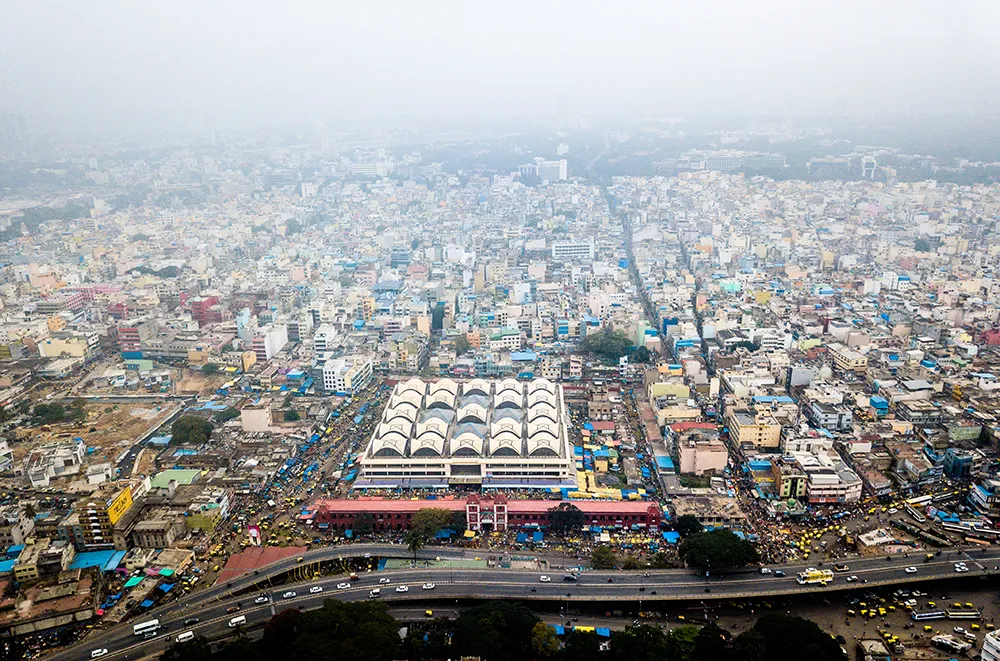The volume of global transport could double or even quadruple by 2050, according to a new study released by the International Transport Forum (ITF). GDP growth, freight intensity of economic activity and demographic change are important drivers of this growth, but key determinants for the level of future increases are policy choices, according to the ITF Transport Outlook: a report containing long-run scenarios for global transport activity and related CO2 emissions.
China and India drive transport volu
December 16, 2013
Read time: 2 mins
The volume of global transport could double or even quadruple by 2050, according to a new study released by the 998 International Transport Forum (ITF). GDP growth, freight intensity of economic activity and demographic change are important drivers of this growth, but key determinants for the level of future increases are policy choices, according to the ITF Transport Outlook: a report containing long-run scenarios for global transport activity and related CO2 emissions.
China and India drive transport volume growth, with traffic increases to between 4 and 9 times the present level. Across non-7353 OECD countries, surface passenger transport volumes could be four or five times higher in 2050 than today. For the industrialised OECD area, surface passenger travel (measured in vehicle-kilometres) is projected to grow by 50-60 per cent.
For surface freight volumes - i.e. goods transported by road and rail - ITF projections put growth at up to 430 per cent in non-OECD emerging economies and up to 125 per cent for the OECD area. With low GDP growth and a decoupling of economic growth and freight intensity, the growth figures there could be 100 per cent and 40 per cent respectively at the lower end.
Strong increases in transport volumes mean strong growth of emissions from transport. The baseline projection sees global CO2 emissions from surface transport grow by 80 per cent by 2050. At the top and bottom end, the increase could be as high as 170 per cent or as low as 30 per cent. The outcome will depend not least on choosing the best long-term strategies to support growth and protect the environment. Policy choices are particularly important in the cities of emerging regions, as exploding urbanisation shapes global transport trends.
China and India drive transport volume growth, with traffic increases to between 4 and 9 times the present level. Across non-
For surface freight volumes - i.e. goods transported by road and rail - ITF projections put growth at up to 430 per cent in non-OECD emerging economies and up to 125 per cent for the OECD area. With low GDP growth and a decoupling of economic growth and freight intensity, the growth figures there could be 100 per cent and 40 per cent respectively at the lower end.
Strong increases in transport volumes mean strong growth of emissions from transport. The baseline projection sees global CO2 emissions from surface transport grow by 80 per cent by 2050. At the top and bottom end, the increase could be as high as 170 per cent or as low as 30 per cent. The outcome will depend not least on choosing the best long-term strategies to support growth and protect the environment. Policy choices are particularly important in the cities of emerging regions, as exploding urbanisation shapes global transport trends.







